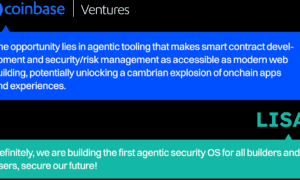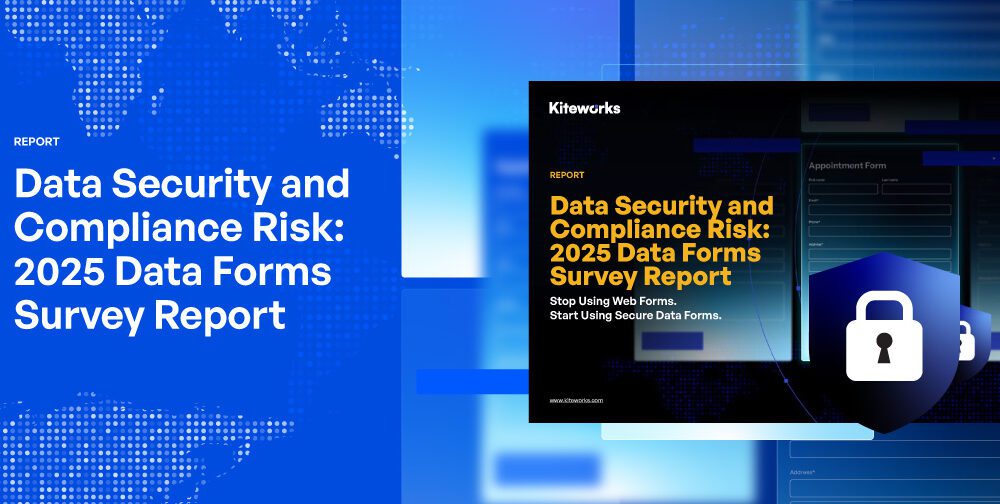Modern supply chains operate amid persistent disruption. Established planning frameworks, designed for stable conditions, now face significant challenges. Delivery timelines compress. Demand indicators fluctuate. Production lines encounter bottlenecks. Consumer expectations, fueled by expansive digital commerce, exacerbate these pressures, demanding granular visibility and immediate fulfillment.
This modern operating environment fundamentally redefines the requirements for enterprise planning platforms. Organizations no longer require mere data presentations; they demand operational insight. They do not need more historical reports; they require forward capability. Central to this architectural evolution are Generative AI powered SaaS platforms, enabling comprehensive orchestration across planning layers. This represents applied intelligence, delivering adaptive decision logic, probabilistic scenario modeling, and responsive action directly into the planning core. It is a reorientation akin to a diagnostic system predicting equipment failure well before any visible symptoms emerge, allowing for preemptive maintenance rather than crisis response.
Few embody this transformation better than Saurabh Pandey, Senior Delivery Manager at Capgemini. He brings over 12 years of experience building intelligent systems across supply chain, logistics, and enterprise resource planning. Known for creating robust AI architectures that address real-world constraints, not just theoretical ones, his work bridges technical excellence with operational relevance. Whether guiding complex SAP landscapes or optimizing material flow through unpredictable demand signals, his focus reflects a broader evolution in enterprise planning: from episodic decision-making to continuous insight loops. His vision positions AI not as a replacement for operational judgment, but as a precision tool that amplifies it.
Rebuilding the Planning Framework for Foundational Intelligence
The overhaul in enterprise planning pivots away from executing predefined steps to actively anticipating and responding to unforeseen variables. In demand planning, forecasts now go beyond historical analysis; they derive from consumption telemetry and near-term behavioral indicators, data streams from point-of-sale systems, e-commerce interactions, and consumer sentiment. This enables future demand projections that align with shifting behavior in fast-moving retail ecosystems.
In supply planning, allocation engines incorporate supplier response variability and fulfillment risk, optimizing material flow and mitigating shortages caused by global events or resource constraints. Production planning, likewise, adapts batch scheduling to accommodate throughput fluctuations and urgent delivery priorities in real time. In transportation, routing logic aligns with downstream disruptions and emerging service constraints to preserve network efficiency.
Pandey’s focus centers on dismantling siloed functional areas within planning verticals. He has led the deployment of Blue Yonder’s planning infrastructure across some of North America’s most demanding SAP environments, overseeing more than 40 live integration points between SAP and Blue Yonder. This strategic experience was also shared as a speaker at the Blue Yonder ICON 2025 conference where he discussed prevailing assumptions and emphasized the engineering of systemic adaptability over perfect forecasting.
Robust Systems, Proven Under Operational Duress
The credibility of any GenAI-powered planning platform rests not on conceptual elegance, but on its resilience under pressure. Peak retail seasons, geopolitical disruptions, or vendor-side volatility test the system’s true capabilities. In these conditions, even millisecond latency or missed batch execution windows can lead to cascading inefficiencies.
Saurabh Pandey ensures that performance architecture is not an afterthought—it is foundational. He re-engineered Control-M batch orchestration to align with critical Service Level Agreement (SLA) windows, enabling data pipelines to complete with precision across globally distributed operations. BMC’s Control-M platform, widely used for enterprise workload automation, is known for orchestrating hybrid workflows and optimizing performance during large-scale processing cycles. By reconfiguring workload automation to function across SAP and Blue Yonder integration points, Pandey ensured that time-sensitive planning modules remain synchronized under high transactional load.
Equally critical was his redesign of UI concurrency models, minimizing latency for users spread across multiple continents. These technical reinforcements were not theoretical—they were validated in enterprise environments during high-demand cycles. It was this demonstrated reliability—systems designed to operate within uncertainty, not in denial of it—that led to Pandey and his team’s recognition with Blue Yonder’s 2024 ICONic Customer Award for Planning Resiliency. The result: uninterrupted planning stability during moments of peak volatility, when most architectures strain under concurrent user load and transaction density.
From Systemic Insight to Strategic Judgment
Modern planning systems must convert operational data into intelligent action. Field reliability becomes the differentiator, the capacity to learn during deployment, adapt during execution, and scale with stability.
Consider a retail organization facing a product recall. A continuously learning system can reroute stock, alter promotions, and shift fulfillment logic in hours, not weeks. Pandey’s architectural model emphasizes this responsiveness. As a Judge for the Globee Awards 2025 for Technology, Pandey assesses next-generation platforms by their ability to deliver decision-making clarity. Sophisticated interfaces or theoretical accuracy are secondary. What matters is the system’s ability to offer confident, context-aware recommendations at the moment of need.
“Eliminating uncertainty is beyond our reach,” Pandey shared. “But we can architect systems that function within it, with precision, not perfection.” His perspective reframes AI not as a silver bullet, but as an infrastructure for human-guided resilience.
A Philosophy of Adaptation, Not Absolute Precision
Pandey’s planning philosophy challenges the default pursuit of forecast precision. He champions resilience, the infrastructure that sustains operations amid complexity.
GenAI is not an enhancement, it is the core that transforms rigid deterministic flows into responsive, interdependent systems. These platforms constantly recalculate in response to volatility, enabling agile responses when static plans collapse. In global logistics, where events unfold in hours and ripple through entire networks, this agility is indispensable.
“Effective planning is not about greater prediction accuracy,” Pandey explains. “It concerns accelerated recovery, treating uncertainty as an input, not an error.” His work lies not in creating tools that promise certainty, but in designing systems that excel without it.
For enterprise leaders managing today’s planning demands, this model is essential. Architectures must evolve from analysis to adaptability, turning fragmented insight into orchestrated execution and enabling organizations to operate with confidence through whatever conditions arise.





























